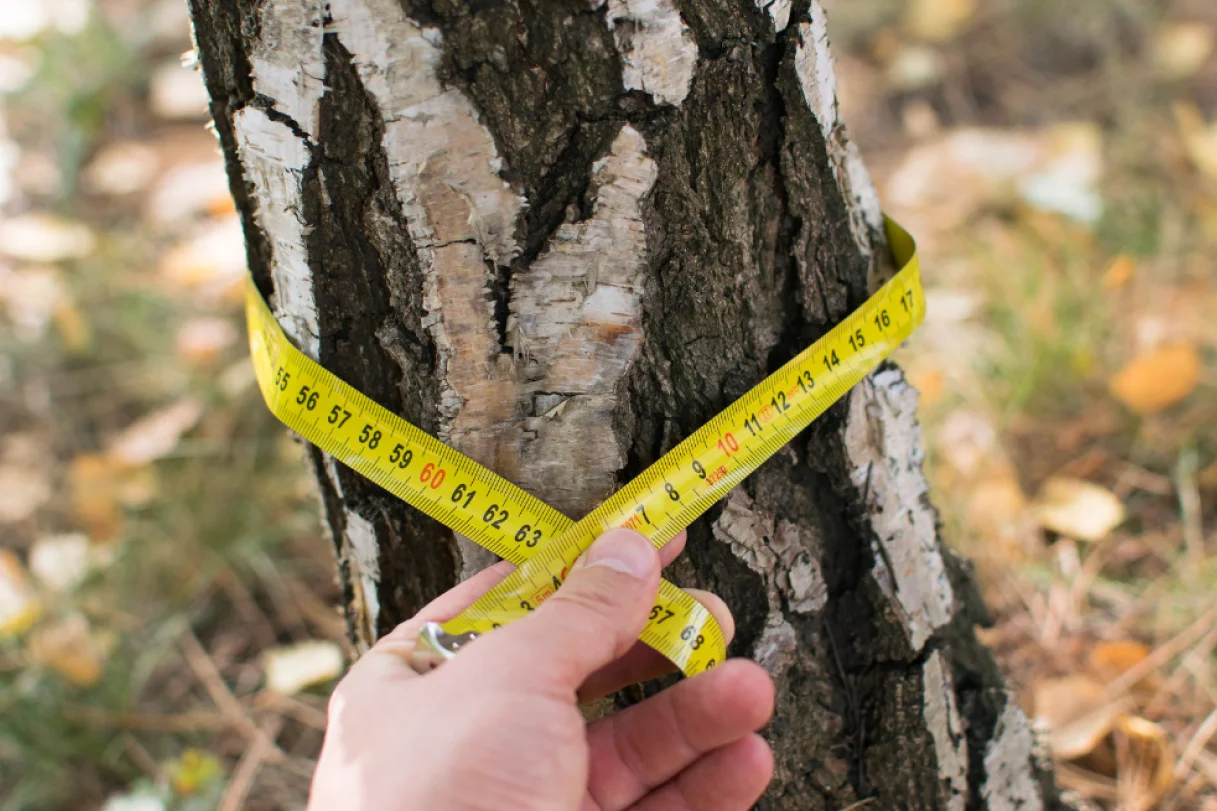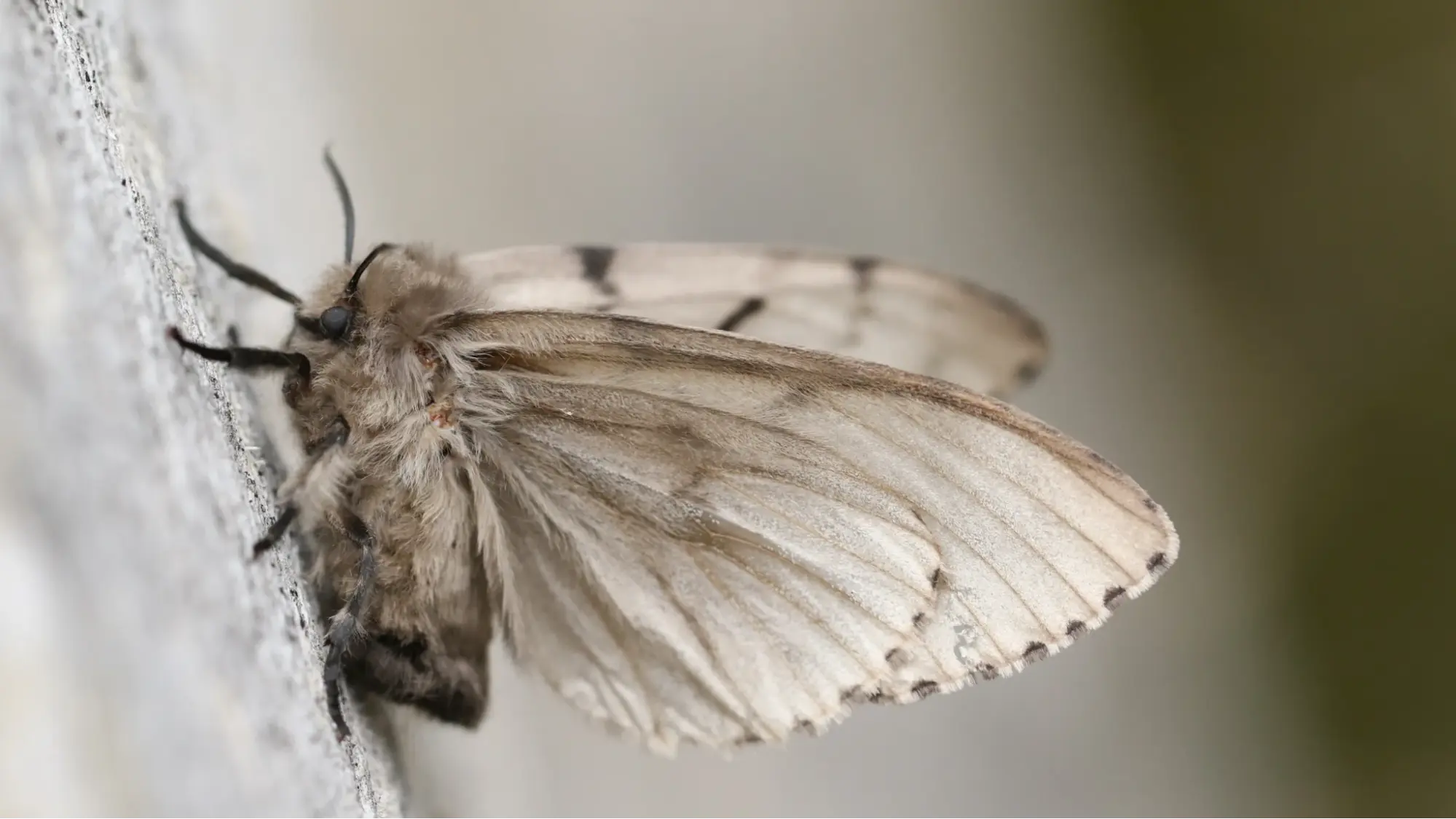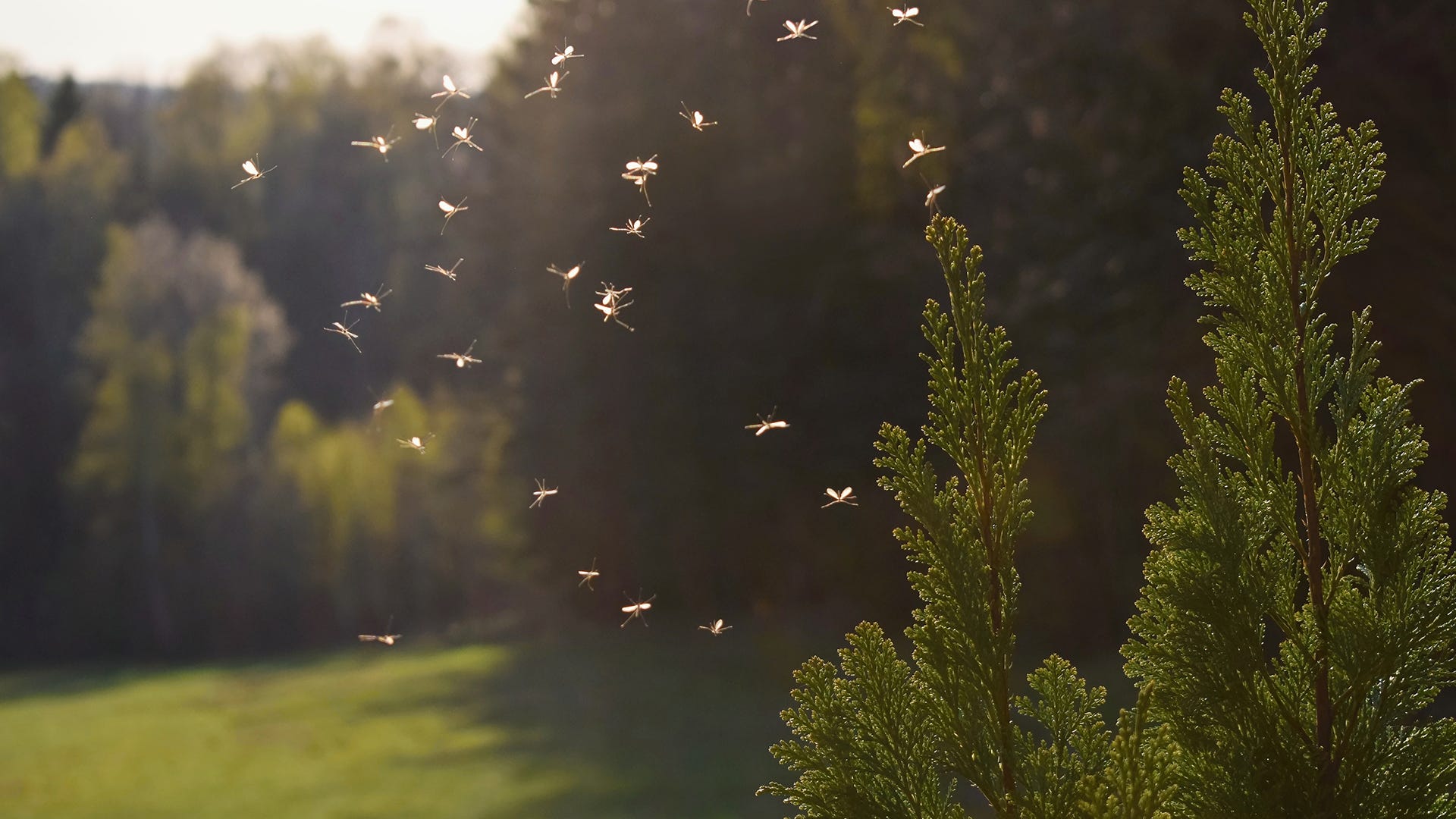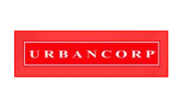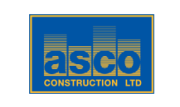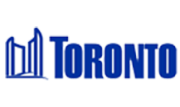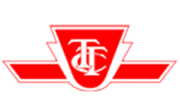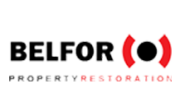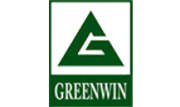
There are several benefits to having trees on your property, but there are signs of when to remove a tree is necessary. Trees produce oxygen, conserve energy, and provide habitats for birds, insects, and animals.
Planting trees on your property can also have significant economic benefits. Properties that are landscaped with trees are, on average, worth 5% to 15% more than houses without trees.
In some cases, however, property owners have to cut down trees. This article will look at fifteen reasons to remove trees. If any of the signs listed below apply to you, Tree Doctors in Toronto can help. Contact us today for a professional and safe tree removal service.
1. The Tree is Dead
When a tree is dead, it no longer offers benefits like aesthetic appeal, water retention, and shade. Instead, a dead tree poses a danger, as its structural integrity is compromised, and branches can fall on a person or building. Dead tree removal can prevent the spread of plant diseases to other trees on your property and eliminate the risk of falling branches. There are many ways to find out if a tree is dead.
2. The Tree Shows Signs of Disease or Decay
An unhealthy tree is susceptible to pests and infection. Diseased trees can also cause property damage as their structure becomes unstable.
Another reason to remove an unhealthy tree is the way in which it diminishes curb appeal. Dying trees can have a negative impact on your landscaping. If you are selling your house, for example, removing the tree can restore the aesthetic appeal of your home.
3. The Tree Was Damaged in a Storm
High winds can cause considerable damage to trees. In some cases, the damage can result in a complete blow-over, root failure, stem failure, or a crown twist. Unfortunately, trees that have suffered these damages will eventually die and pose unnecessary risks to your property.
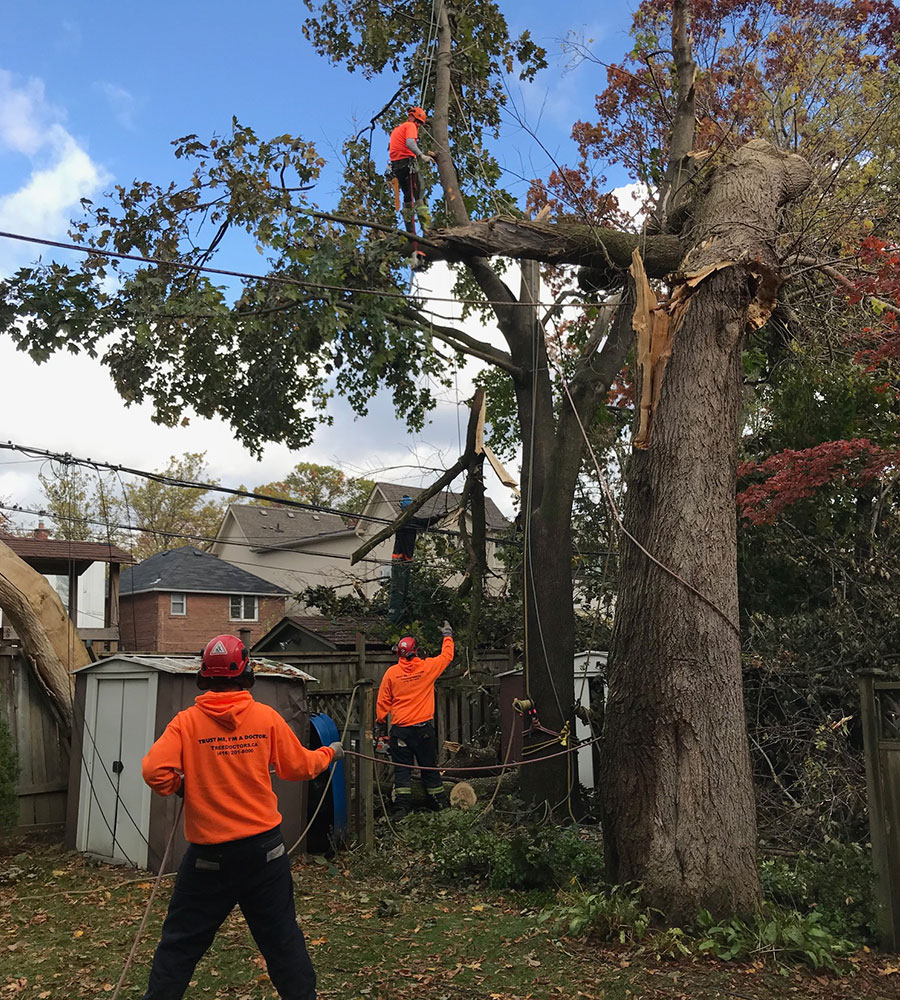
4. There is a Risk of Damage to a Building
Aggressive root systems or large branches can damage structures on your property, which can be very expensive to repair. Removing these trees before they can damage your building is often the most affordable option. A tree risk assessment is often necessary to determine if a tree should be removed.
5. The Tree or its Limbs May Fall
Overgrown tree limbs or leaning trees carry an inherent risk of falling and causing damage or personal injury. If pruning the tree will no longer eliminate the risk of falling branches, consider removing it altogether.
6. The Tree is a Problematic Shedder
A tree can be a source of unwanted leaves, branches, sap, seeds, and needles. Around sensitive areas like carports and solar panels, this debris can be particularly problematic.
7. Risk of Spreading Infestation
Trees that are infected by a disease or insect infestation will eventually die, and the infestation can spread to other trees in your garden. The best way to prevent this is to remove the tree.
8. The Tree Blocks a View or Cast Shade
Large, evergreen trees can enhance the curb appeal of a property. However, if they are blocking a spectacular view, removing the tree may be a major improvement. Shade can also result in a cold and dark home during winter months and prevent your lawn from growing in the summer.
9. The Tree is in the Way of a New Development or Landscaping Project
It is not always possible to accommodate existing trees when you plan a new project on your property. Even if a tree is not standing on a spot where you are planning to build a new structure, the tree may be in the way of heavy equipment.
10. Interior Decay Has Compromised the Tree's Structure
Structural problems such as internal decay can cause several issues, including the spread of infection or disease, and falling tree limbs. An arborist may be able to prevent further decay, but in severe cases, removing the tree is your only option.
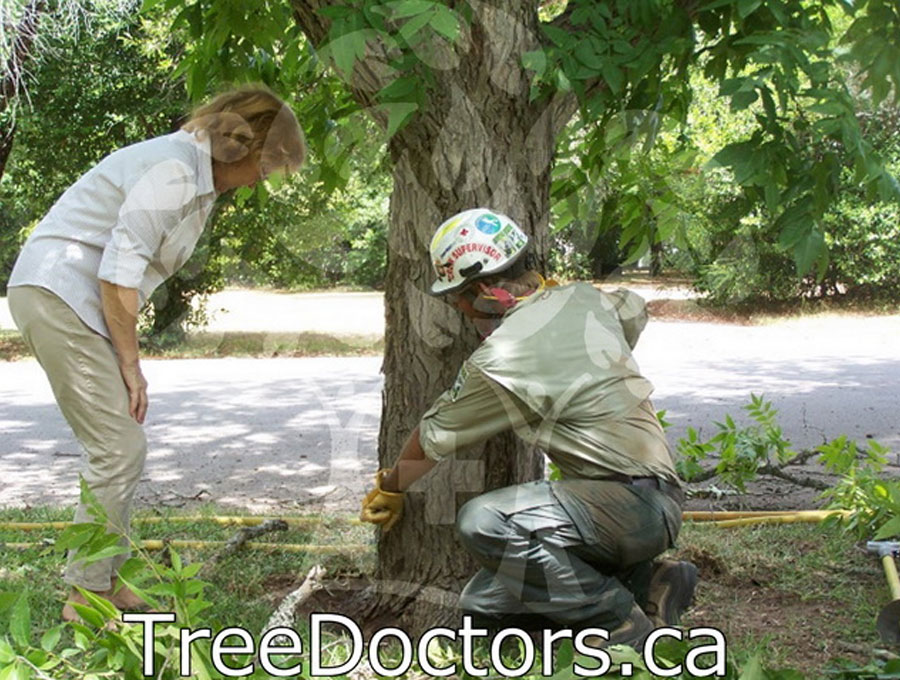
11. The Tree Has a Bad Crotch
A tree crotch is a pocket at the connection point between two branches. Once a tree crotch has reached a certain level of deterioration or decay, it can no longer support the tree limbs, and they can snap and fall. “Y” or “V” shaped tree crotches have a higher risk of breaking.
12. The Tree is Growing Too Large for its Location
Trees in restricted areas will eventually press against walls, windows, and foundations. Tree cutting is usually not sufficient to solve the problem as the root system keeps expanding. Removing these trees typically requires professional help as the tree roots may already be growing underneath a building or pavement.
13. Trees Are Crowding on Your Property
When trees are overcrowded, they will start competing with each other for nutrients in the soil, and the smaller trees will begin showing signs of nutrient deficiencies. Overcrowding also limits air circulation, which can result in fungal diseases.
Another problem with overcrowding is weak flowering. Removing some of the trees will help others reach their full potential.
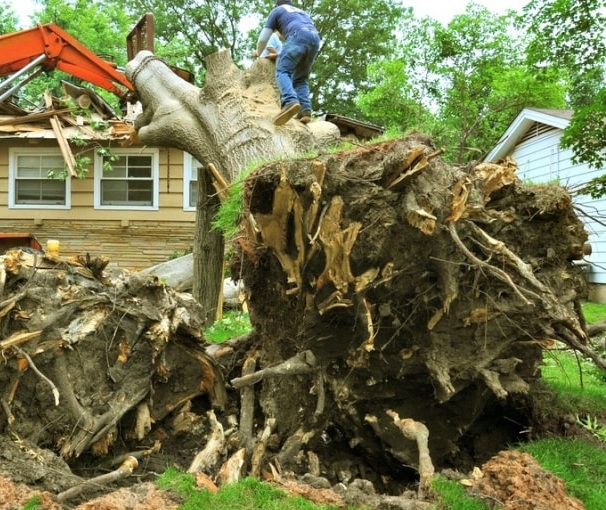
14. The Tree is a Lightning Risk
When lightning strikes a tree, the sap in its bark is heated to extremely high temperatures, and it turns into steam. The lightning can also run along the inner bark of the tree towards the ground, blowing the outer bark away. This situation is highly dangerous, especially when the tree is standing close to your house.
If you have a tree that is a lightning risk, contact Tree Doctor to install a lightning protection system or to remove the tree.
15. Cracks in the Main Trunk
Cracks in the main trunk can run through the stem and separate the tree into two halves. These cracks increase a tree’s risk of failure, which can cause property damage during high winds. Cracks are especially dangerous when combined with decay.
Contact our Professional Arborists
Tree Doctors provide property owners in Toronto with safe and thorough tree removal services. We also offer tree trimming to help maintain the health of your trees, ensuring they don't pose future risks. Contact us for an assessment and a free service quote
